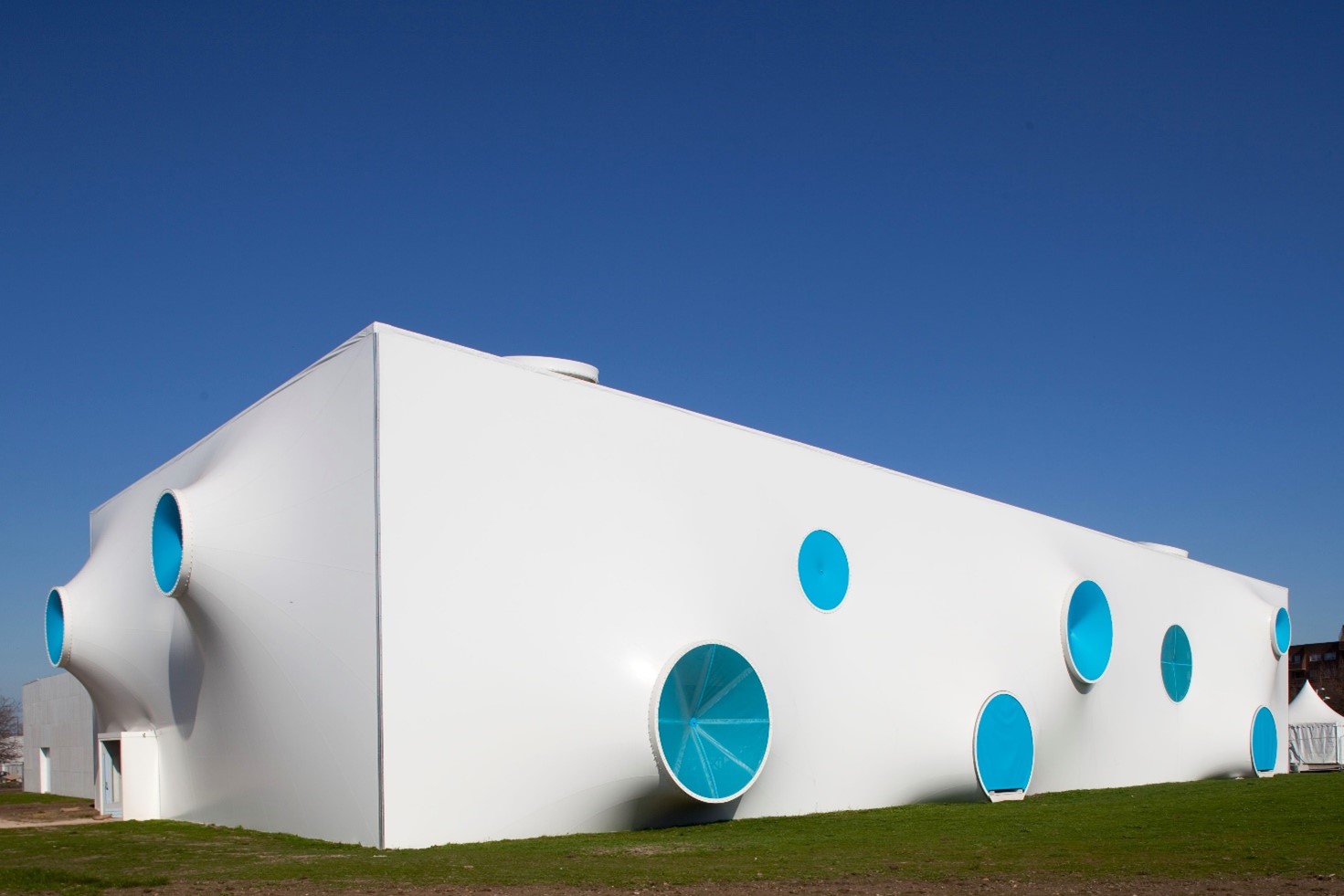
Loading, Analysis, and Design of Tensile Fabric Structures
Tensile fabric structures are celebrated for their distinctive architectural design, aesthetic appeal, and ability to span large areas with minimal structural support. However, tensile structure design is a unique and highly complex element of modern engineering, which depends on correct loading, meticulous analysis, and precise design to safeguard the integrity and performance of these structures.
In this article, we will consider the importance of loading, analysis, and design of tensile fabric structures and why consulting with an experienced engineer is essential.
Loading
Calculating loading poses significant challenges, especially when working with the intricate shapes that are often selected during tensile structure design. Wind is the most significant problem, particularly as variations in pressure can make it difficult to accurately calculate load with confidence. Precisely determining snow loading is also crucial to prevent ponding and depressions, which could threaten the integrity of the structure. Although snow is, in many regions, a comparative rarity, any potential accumulation demands a precise loading assessment. Thorough checks on the deformed surface are essential to prevent depressions; once these occur, the consequences are usually irreversible and can potentially stretch the material beyond its design limits.
To enhance loading assessments, we have developed proprietary software tools that are seamlessly integrated into our analysis programs to produce consistent and accurate calculations and offer effective solutions to the challenge of load determination.
Analysis
The analysis of tensile fabric structures is a highly specialist field that is best entrusted to Chartered Engineers with significant experience in the field. Achieving a deflected shape where the stresses are balanced under the pressure of external loads demands an iterative and meticulous approach and the use of specialist software – as well as the ability to interpret the results of analyses.
Because many materials are available for cables and fabrics, it is imperative that analyses consider material properties that are consistent with those intended for the actual structure. Deviating from the specified cables or fabrics in terms of their size or stiffness may alter the forces within the structure and reactions at its supports - potentially affecting structural performance. Accurate analysis yields critical data on fabric membrane stresses, cable loads, and frame forces, which are then used to validate individual structural elements.
Design
Designing tensile fabric structures requires meticulous validation checks to ensure the structure's strength and the public's safety. Cables and fabrics are scrutinised against their capacities to comply with essential safety limits. Different elements – cables, fittings, fabrics, supporting structures – require distinct safety margins that must adhere to appropriate codes, standards, and guidance.
If local membrane stresses exceed safe limits, engineers can design reinforcement patches to safeguard the durability and reliability of the structure. The supporting structures, which may be constructed from steel, timber, aluminium, or other materials, must be rigorously designed in accordance with appropriate standards to provide a secure foundation for the fabric envelope.
Contact us for more information
Tensile fabric design is a highly specialised area. If you are embarking on a project involving tensile structures, you can obtain expert advice from Fenton Holloway and benefit from our 30 years of experience in this field. Please contact Neil Holloway directly at nholloway@fentonholloway.com for more information.
/Neil-Holloway-Tensile-Structures-Long.webp)

.png?width=365&height=215&name=Brochure%20CTA%20(1).png)